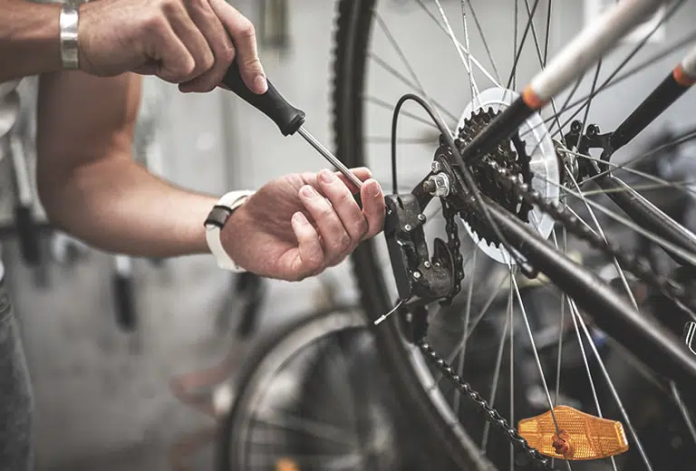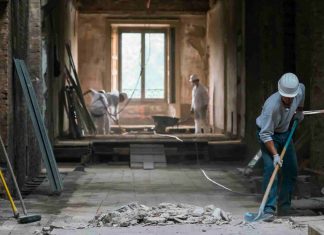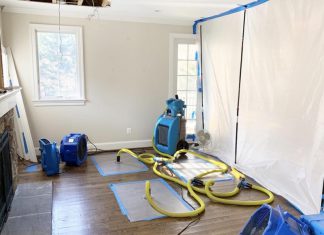As avid cyclists, we all know the importance of having a well-maintained bike. Not only does it ensure a smooth and enjoyable ride, but it also prolongs the lifespan of your beloved two-wheeler. But with changing seasons and weather conditions, keeping your bike in tip-top condition year-round can be daunting. Fear not; we have compiled some essential must-dos to help you maintain your bike throughout the year. We’ve covered you, from regular cleaning and lubrication to winter storage and summer tune-ups.
Understanding the importance of regular bike maintenance
Regular bike maintenance is crucial for several reasons. It optimizes your bike’s performance, ensures a comfortable ride, and reduces the risk of on-road breakdowns. Proper maintenance can identify minor issues before they become major, expensive problems. Moreover, it increases the overall lifespan of your bike, helping you get the most out of your investment. In addition to this, a well-maintained bike is also safer to ride, lowering the chance of accidents caused by equipment failure.
Adopting a routine cleaning schedule
A routine cleaning schedule is key to maintaining your bike’s condition. Start by wiping down your bike after every ride to remove dirt and grime, paying particular attention to the frame, wheels, and brakes. A deeper clean, involving a thorough wash of your bike, should be carried out at least once a month. Use a mild, biodegradable soap mixed with warm water and a soft sponge or brush to gently clean the surface. Rinse and dry with a clean cloth to prevent rust.
It’s also crucial to clean the drivetrain regularly (chain, gears, and derailleurs). A specific degreaser can get rid of stubborn grime and gunk. After cleaning, remember to re-lubricate the drivetrain to keep it running smoothly. This routine can vary depending on your ride frequency and conditions, but it’s a good habit to get into. Not only does a clean bike look great, but it also functions better and lasts longer. A clean bike is a happy bike!
Inspecting and maintaining tires
Keeping your bike’s tires in optimal condition is vital for safety and a smooth ride. Regular inspections can help spot any issues early on, such as cuts, punctures, or signs of wear and tear. Check the tire pressure before each ride with a bike pump with a built-in pressure gauge. Be sure to inflate your tires according to the manufacturer’s recommended PSI, which can usually be found on the side of the tire. Over or under-inflation can affect your bike’s performance and can even lead to a blowout.
Rotate your tires periodically to even out wear and tear. If you notice your tire tread is worn out or if you spot any cracks or bulges, it might be time for a replacement. Properly maintained tires will give you better control, grip, and comfort on your rides. Remember, your tires are your connection to the road, so give them the attention they deserve.
Ensuring regular lubrication of bike parts
Regular lubrication of your bike’s moving parts is essential for optimal performance and longevity. This includes the chain, derailleur, brakes, and shifters. Use a high-quality bike lubricant, not a general-purpose oil. Apply sparingly and wipe off any excess to prevent the attraction of dirt.
Remember to de-grease and clean these parts before applying fresh lubricant. Do this at least once a month or after every ride in rainy or muddy conditions. Regular lubrication reduces friction, prevents rust, and makes your rides smoother and more enjoyable.
Checking and adjusting brakes regularly
Properly functioning brakes are critical for safe cycling. Check brake pads for wear and tear regularly, replacing them as necessary. Also, ensure the brake cables are taut and free from rust or damage. Check the brake levers; they should have a firm feel and not touch the handlebars when fully applied. Adjust the brake tension if necessary, or seek professional assistance.
As mentioned earlier, periodic cleaning and lubrication of brake components can also significantly improve their performance. Always prioritize brake maintenance for your safety.
Scheduling periodic professional tune-ups
Despite regular at-home maintenance, scheduling professional tune-ups periodically is highly recommended. Experienced bike mechanics can spot potential issues that might go unnoticed and perform precise adjustments. A thorough check-up is advised at least twice a year, preferably before the summer and winter seasons. These tune-ups will ensure all bike components, including gears, bearings, and cables, function optimally. Trusting professionals for comprehensive inspections will ensure your bike’s longevity and your safety on the road.
Storing your bike properly
Correct storage is vital to extend your bike’s life and keep it functioning well. First, store your bike indoors to shield it from harsh weather conditions. If indoor space is limited, consider investing in a bike storage shed. This enclosed outdoor structure can protect your bike from elements like rain, snow, and excessive heat, which can cause damage over time. Whichever method you choose, store your bike in a dry, cool, clean environment.
Make sure it’s not stored directly on the ground to prevent moisture from causing rust. Use wall mounts, hooks, or bike stands for better space management and to keep your bike off the floor. When storing your bike for extended periods, slightly deflate the tires to prevent damage from continuous pressure.
However, don’t forget to reinflate them to the recommended PSI before your next ride. Additionally, cover your bike to protect it from dust accumulation. By storing your bike properly, you’ll preserve its condition and ensure it’s ready for a smooth, trouble-free ride anytime you want.
Maintaining your bike year-round may seem daunting, but with a routine that includes cleaning, tire maintenance, lubrication, brake checks, professional tune-ups, and proper storage, you’ll ensure a smooth and safe ride every time. Just as your bike takes care of your transportation and fitness needs, it’s vital to take care of your bike in return. Happy cycling!















